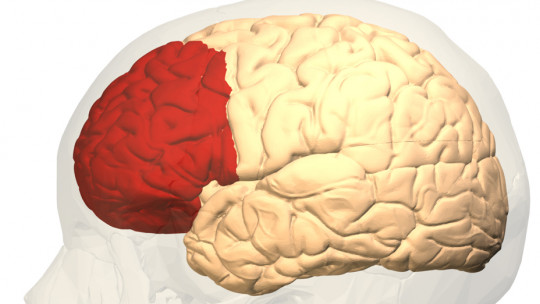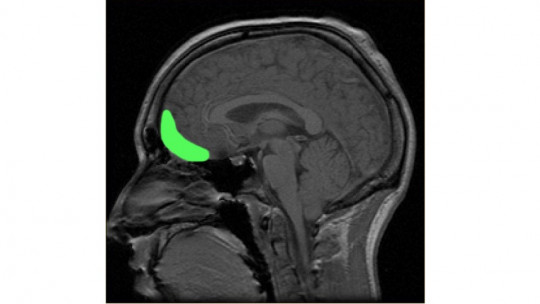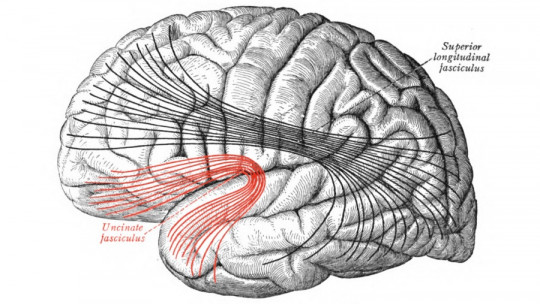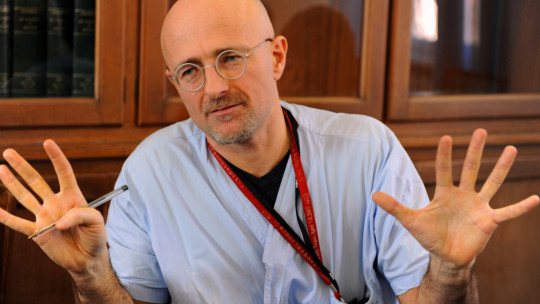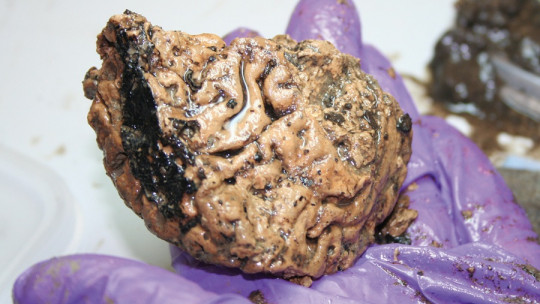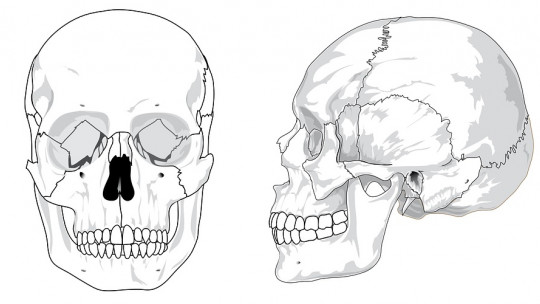
In the month of September 1848, The life of a young foreman of the railway line was turned upside down after a terrible work accident
At that time, his job was to blow up rocks with explosives to allow the passage of train tracks, and to do this he needed to place gunpowder and sand in a hole drilled in the stone.
Phineas Gage: a case study
Unfortunately, an error in the procedure meant that, when this worker tried to compact the gunpowder placed in the cavity using a metal bar, a spark jumped. The explosion of the mixture occurred a few centimeters from the young man’s face and, as a result, The metal bar, one meter long and about three centimeters in diameter, pierced his skull before landing more than twenty meters from where he was initially.

Phineas Gage, as this was the name of the worker, regained consciousness a few minutes later with a hole that ran a diagonal from one of his cheeks to the top of his head, just above his forehead. Much of the frontal lobes of his brain had ceased to exist as such. However, Phineas Gage not only survived this experience, but was able to recover most of his mental abilities and went down in history as one of the most studied cases in the fields of psychology, medicine, and neuroscience.
Dr. Harlow and the medical miracle
Almost everything we know about Phineas Gage is what was documented about him by the Dr. Harlow, the doctor who treated him. This doctor was greatly impressed by the fact that Gage was conscious and able to speak the moment he entered his office, but he was even more surprised that his patient recovered a few months after arriving, after having endured a stage of fevers and delirium.
Thus, After just 10 weeks, Gage’s brain functions seemed to have recovered almost automatically, as if the cellular tissues of the brain had known how to reorganize themselves to compensate for the absence of several cubic centimeters of frontal lobe. However, something else caught Dr. Harlow’s attention: although objectively the foreman did not appear to have significant intellectual or movement deficits, his personality seemed to have changed as a result of the accident. Phineas Gage was no longer exactly the same.
The new Phineas Gage
When Gage returned to work on the play, The measured and cordial worker that everyone knew had disappeared to give way to a person with a bad temper, easy to irritate, given to insults, with a propensity for waste and with a very short-term vision of life. He was, in general, an impatient and irreverent person, who let himself be carried away by whims and who thought little of others.
He soon stopped working for the play and, a few months later, Phineas Gage went to work at the Barnum Museum, exhibiting himself next to the metal bar that had gone through his head. In later years he was living in Chile, where he worked as a horse carriage driver, until he returned to the United States feeling deteriorated and somewhat ill. Over there The first epileptic attacks occurred to him, which would accompany him until his death in 1860
Why is the Phineas Gage case relevant?
This small historical episode is a mandatory stop in many university courses related to neuroscience and behavior because, in fact, it was one of the first well-documented examples in which it was seen how material changes in the brain modified not only cognitive abilities, but also aspects of psychology that have traditionally been associated with the “soul”, that is, to the way of being and the essence of human beings
There is a theory that Phineas Gage became a different person not through a learning process or self-reflection, but through a very specific accident that physically modified his brain. What was later verified could have been an example of how the brain reorganizes itself to make up for the material deficiencies produced by the explosion from the most limited resources it had available, but the collateral effects of this were noted in aspects that were believed to be that were not as subject to the material world as, for example, memory.
In some way, the metal bar accident served to point out the biological bases on which rather abstract psychological processes are based, such as emotion management and decision making. Furthermore, the Phineas Gage case also served to reinforce the hypothesis that different areas of the brain deal with different aspects of behavior.
Possible Prefrontal Syndrome?
Nowadays it is believed that Phineas Gage’s personality change may actually be an example of Prefrontal Syndrome, caused by the alteration of the functioning of the frontal lobes The frontal area of the brain plays an important role in linking present motivations to future goals, which includes the ability to place long-term goals, the ability to forego immediate rewards in favor of more ambitious projects, and the ability to take into account the consequences that one’s own actions have on the people around us and, in general, society.
This would explain why the new style of behavior of Phineas Cage who had suffered the accident with the metal bar was similar in appearance. some aspects to the repertoire of behaviors expected in someone with psychopathic personality. Psychopaths also seem to show neuronal activation dynamics in the frontal lobes that are different from the rest of the population, but in Gage’s case this would be produced by the reorganization of neurons after the brain has been injured.
Another probable explanation for the Phineas Gage case
The idea that brain injury was the fundamental cause of Phineas Gage’s personality change is widespread, but there is also another alternative explanation: that the changes were due to the social impact of being disfigured.
As Zbigniew Kotowicz points out, it is very likely that at least part of his behavioral changes were due to the social impact of being seen by others as someone with a missing part of the brain. As usual, It is difficult to separate biological aspects from those that are social and cultural in nature and at the end of the day it could be that the same thing happened to Gage that happened to Dr. Frankenstein’s monster in Mary Shelley’s novel: that it was society, more than his own nature, that transformed him into a foreign body.



